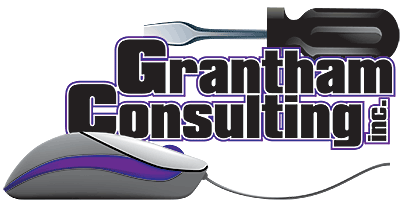When I’m trying to determine a computer’s problem for a client, it’s nice to have testing(diagnostic) tools for the hardware. If the computer is misbehaving, like re-booting and freezing; it may very well be the hardware at fault and not the software. Some computers actually have hardware diagnostics built in to them. I have experienced some which just have hard drive diagnostics included and others are a more thorough comprehensive diagnostics which include RAM and motherboard. On this Lenovo Thinkpad laptop I am using, I access the hard drive diagnostics through the F10 key as the computer starts and before the operating system takes command on startup. On your computer it may be the F12, F9 or Esc key. If you’re lucky enough to have the comprehensive diagnostics, it usually includes the USB ports, CPU, RTC(Real time clock) Sound, Video, RAM (Memory) and other components.
260-414-9617
media@gconsult.us

